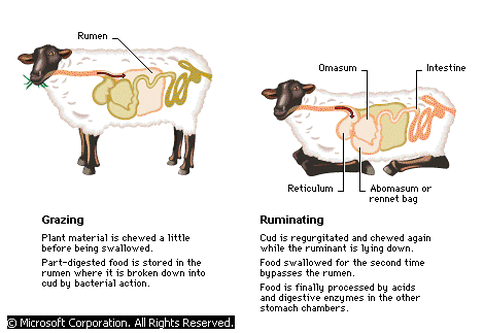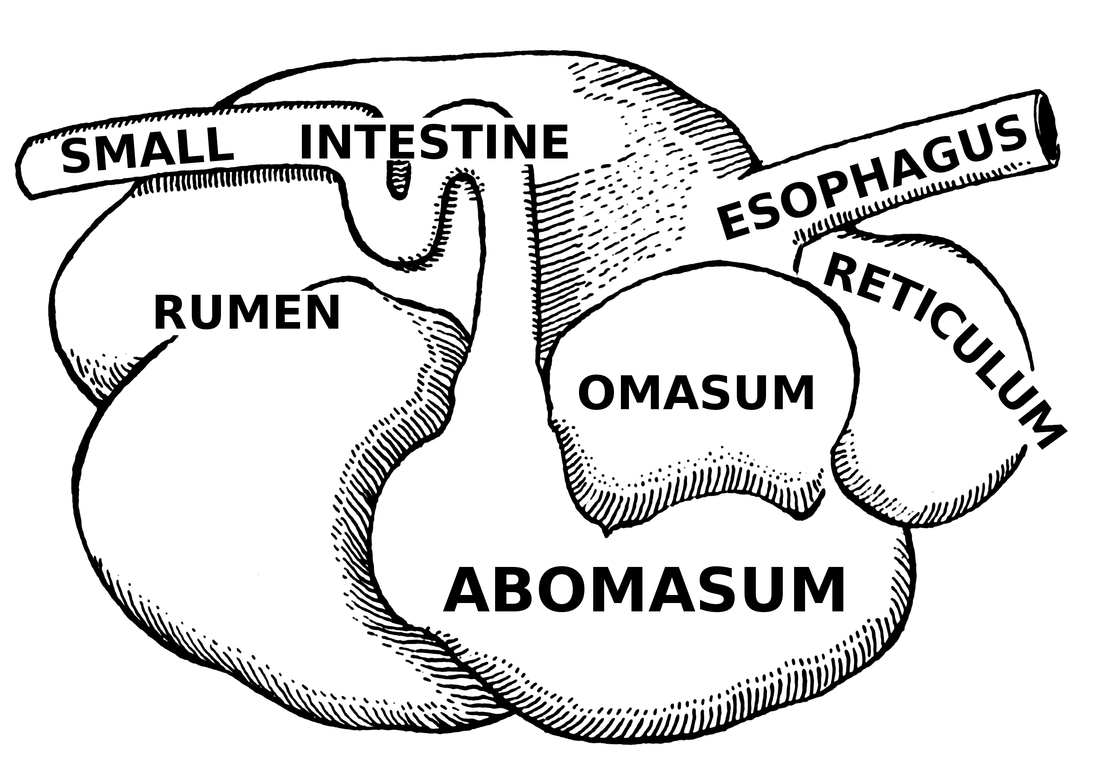Sheeps have four stomachs each one helps them digest the food they eat

Sheeps have four stomachs, each one helps them digest the food they eat.

When it comes to the incredible digestive system of sheep, one fascinating fact stands out: they have not one, two, or even three, but four stomachs! Yes, you read that right, four stomachs!
These four stomachs, known as the rumen, reticulum, omasum, and abomasum, work together harmoniously to help sheep efficiently break down and digest the food they consume.

The first and largest stomach of a sheep is called the rumen. It serves as a fermentation vat, containing billions of microorganisms, including bacteria, fungi, and protozoa. These little helpers break down complex carbohydrates and plant materials consumed by the sheep, converting them into simpler compounds that can be easily absorbed by the animal’s body.
Next in line is the reticulum, where the smaller and denser particles from the rumen are filtered. This stomach’s honeycomb-like structure aids in trapping any foreign objects that the sheep might have accidentally eaten while grazing, preventing them from entering further into the digestive system.
After the reticulum, the partially digested food moves into the omasum. This stomach’s main function is to absorb water and electrolytes, further breaking down the food particles and reducing them in size. The omasum also helps in removing some of the toxins present in the animal’s diet, ensuring the sheep stays healthy and nourished.
Finally, the last chamber of the sheep’s stomach is the abomasum. This chamber is often referred to as the “true stomach,” as it closely resembles the single stomach found in humans and many other animals. In the abomasum, digestive enzymes and gastric acids are secreted to further break down the food and extract essential nutrients, such as proteins and fats.
By having four stomachs, sheep have developed an intricate digestive system that allows them to efficiently extract nutrients from the fibrous plant materials they consume. This unique adaptation enables them to thrive in various environments and efficiently convert low-quality forage into valuable energy sources.
In conclusion, sheeps’ four stomachs play a significant role in their digestion process, allowing them to break down food effectively. The rumen, reticulum, omasum, and abomasum work in tandem, ensuring the sheep obtains essential nutrients from their diet. It’s truly a remarkable feat of evolutionary adaptation!
Sources:
Related Posts
Quick Links
Legal Stuff

